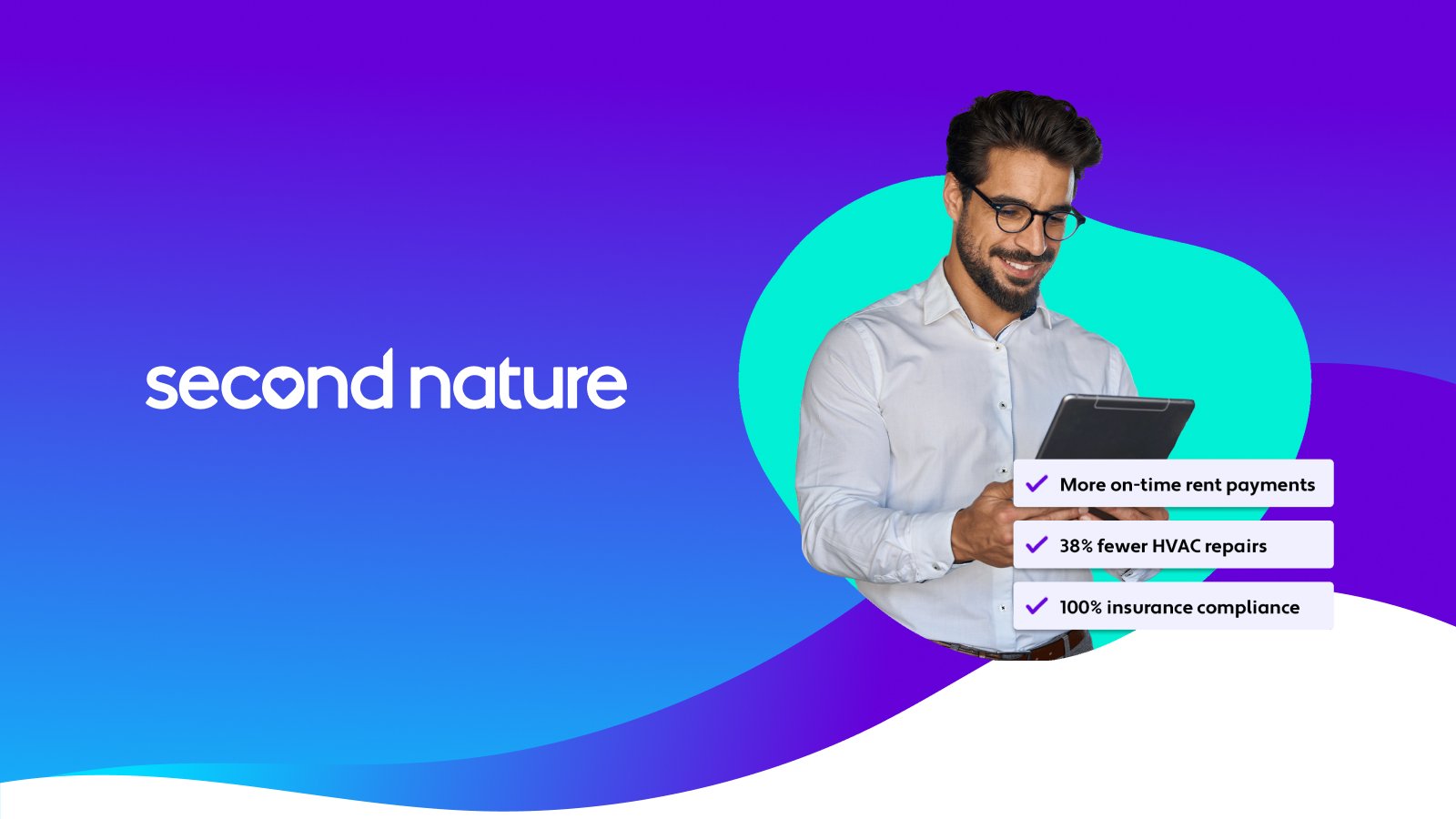Is an electrostatic air filter the same thing as a washable air filter or reusable air filter? Not necessarily.
Raise your hand if you learned about static electricity as a kid by rubbing a balloon on your head and watching your hair cling to it. Now, if you actually raised your hand while reading this, put it down. People are staring.
You probably thought that static electricity was pretty cool but didn't really serve any practical purpose for you in your life. Beyond not lighting yourself on fire at the gas station, you were right, until now. It turns out that the very air you breathe is affected by static electricity. How? With air filters, of course! What the heck else would we be talking about?
Certain air filters actually use static electricity to catch particles as they pass through the filter media. These are known as electrostatic air filters. Now when you google electrostatic air filter, you'll usually find a wealth of information about washable/reusable air filters. Within the general public's knowledge of air filters, electrostatic air filter has become synonymous with washable air filter, but that's actually not fully correct. Electrostatic is merely a feature of washable filters, and it's not exclusive to them. Let’s dive in.
What is electrostatic?
We've reached the science part of the blog. Here we're going to talk about static electricity and how filters use it. Feel free to skip this part if you took Static Electricity 201 in college. If you only took 101, you might want to read this. It will be on the test.
Anybody who has ever played with a magnet knows that the opposite poles on the magnet attract. If you try to stick like poles together, they repel. The same principle is what creates the static electricity that electrostatic air filters use.
Static electricity is caused by a difference in the charges of particles. Particles are made of atoms, and atoms are made of protons, neutrons, and electrons. Atoms that have the same number of protons and electrons are neutral and have no charge. When a neutral atom gains or loses an electron, it becomes charged.
Electrostatic air filters are made of filter media that undergoes a process to "charge" it, thereby creating that attractive quality. Sometimes, multi-layer washable filters contain layers of materials meant to charge particles as they pass through, making the job of the attractive layer of the filter easier.
Instead of getting pulled through the filter and physically caught and blocked by filter material, the particles are actually attracted to the filter media because of physics. It's pretty neat in theory. In practice, well, we'll get into that in a second.
What filters are electrostatic?
As stated, electrostatic simply means "uses static electricity." Nothing about the term automatically identifies a filter as washable or reusable. Washable filters are electrostatically charged. Since that's how they are typically marketed, it's become a general understanding that that is what an electrostatic filter is. However, most pleated filters are electrostatic as well.
Unlike filters of the washable variety, pleated filters don't have to be charged to have an electrostatic element. Some are, and as a result, produce a powerful electrostatic field that helps catch the smallest of particles. Uncharged filters still create a field based on what they're made of. Because of that, they produce a weaker field and rely more on mechanical filtering.
Mechanical filtering just means that the filter physically blocks pollutants. It's the most common filtering technique and the one that pleated and fiberglass primarily rely on.
Fiberglass filters can hold something of a static charge, but it's not enough to actually make it an effective filtering device. They're still garbage.
So what are washable air filters?
Washable air filters are almost all electrostatic air filters. The selling point is they can be cleaned and used for several years before it is time to buy a new one. On paper, that seems like a groundbreaking innovation in the filter industry. But that's just paper. In reality, it's pretty easy to see the holes. Did you see what we did there? We made a joke about crappy air filters because they have big holes in them. Get it? Do you get it? Ok. Sorry. It won't happen again.
There are some advantages to the washable air filter, and most are pretty straightforward. Washable filters can save you money on filters in the long run. Instead of replacing it every three months, you just wash it out, let it dry, and replace it. These guys run anywhere between $30 and $80 and typically last around three years, although some can last as long as five. So obviously, there is some money to be saved by spending less than $100 on air filters over several years.
That's about where the advantages end. Remembering to change your pleated filter can be hard (unless you use a particular home wellness company *wink* *wink*). Remembering and actually finding the time to wash, vacuum, and dry your washable filter? Not so easy.
When you do remember to wash them, you better make sure you do a thorough job. If you don't, you're inserting a dirty filter back into your home. That completely defeats the purpose of a washable air filter. Even cleaned, if you don't dry it completely, it can grow mold. You don't want either of those things.
From an actual filtering perspective, washables are better than cheap fiberglass, because what isn't? Still, they don't really measure up to pleated filters, especially when it comes to larger and more common pollutants like pollen.
Now you may have noticed that we said washable filters are "almost exclusively electrostatic." Many washable filters also do have a mechanical element that is made of similar material to a pleated filter. The problem is that this filter media cannot be woven tightly, as it would affect the filter's ability to build a charge and make it exceptionally hard to clean. The result is that the mechanical element does virtually nothing and is less efficient than even fiberglass (Gasp!).
Why don’t washable air filters measure up to pleated?

Washable filters kind of live off in their own world when it comes to air filters. They work so differently than a pleated or even fiberglass filter that the MERV rating isn't particularly applicable to them, thereby making their efficiency harder to understand.
Basically, this is how it works. Filters that have a mechanical element always become less effective. The smaller particles are, the better they are at finding holes in the filter—they're small. With washables, the exact opposite is true.
Because there is no reliable mechanical element with a washable filter, static electricity is the only thing that stops pollutants from passing right through. Washable electrostatic filters are more effective against smaller particles, as they have an easier time pulling them in with their electrostatic forces. Bigger particles require a stronger electrostatic force to attract and as a result have a much easier time slipping past the static electricity.
The lack of mechanical filtering can lead to other issues as well, such as particles just kind of falling off the filter and back into the air every time you take it out. Seriously, that may sound really stupid, but it's actually a real problem.
Statically charged pleated filters combine the electrostatic element to target small particles with the mechanical element to target large particles, making them the most effective across the entire spectrum of particle size.
Pleated filters also become more effective as they age because of the buildup of particles, which actually helps block more particles. The opposite is again true with purely electrostatic washable filters. Once dust and pollutants have coated the entire filter, the static electricity is weakened significantly. Since this force is the only thing that stops particles, all that nastiness can flow right through the filter.
Washable filters, because of their multiple layer construction, also have an extremely high initial pressure drop. If you're unfamiliar with that term, it basically means that airflow through the filter is initially lower than other types of filters. If airflow dips too low, your HVAC unit can struggle to pull in enough air and have to work harder. This costs you more on your heating and cooling bill and may potentially blow out the motor. Pleated filters don't really have this problem unless you leave them in the vent for way too long.
Electrostatics is some pretty cool science, but ultimately it's not particularly useful on its own. It can give a nice boost to a well-constructed pleated air filter, but it's not really enough to get the job done on its own.
How are pleated filters charged?
As mentioned above, pleated filters fall into two categories when discussing electrostatic air filters. Some are charged with a charging procedure while they're being built. This is done with a process involving a bunch of tiny needles, but we won't get into that because it will probably bore you out of your skull.
Some, typically the lower MERV-rated varieties, are not charged. These still carry a natural charge because of their construction material, and their charge actually increases over time as the air passing through the filter helps to build up a little bit of a charge.
Pleated filters give you the best of both worlds. Even varieties that aren't intentionally charged still outpace reusable filters. The good news is that if you want to buy a pleated filter, you're already on a website that sells them!
Topics:




